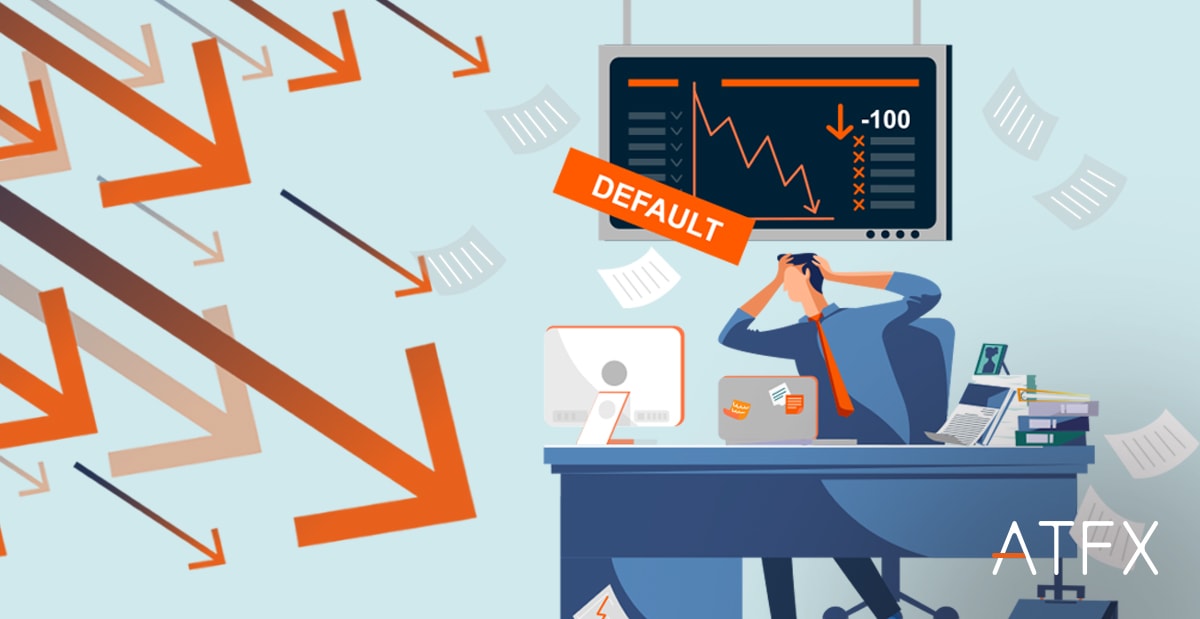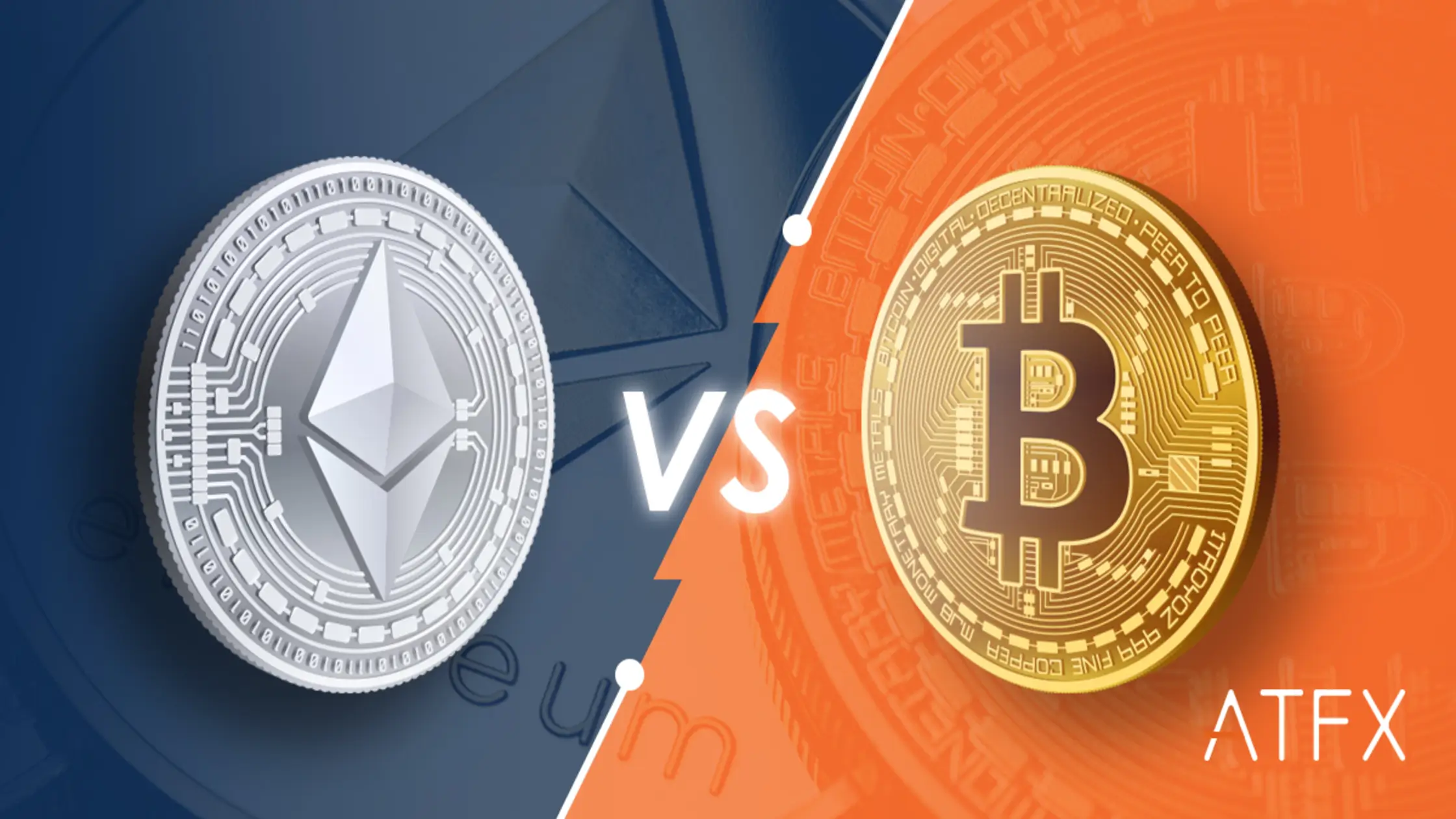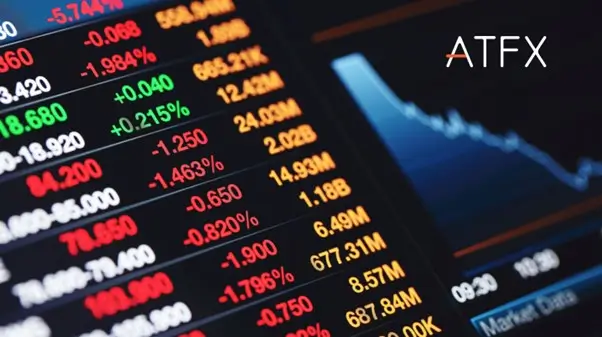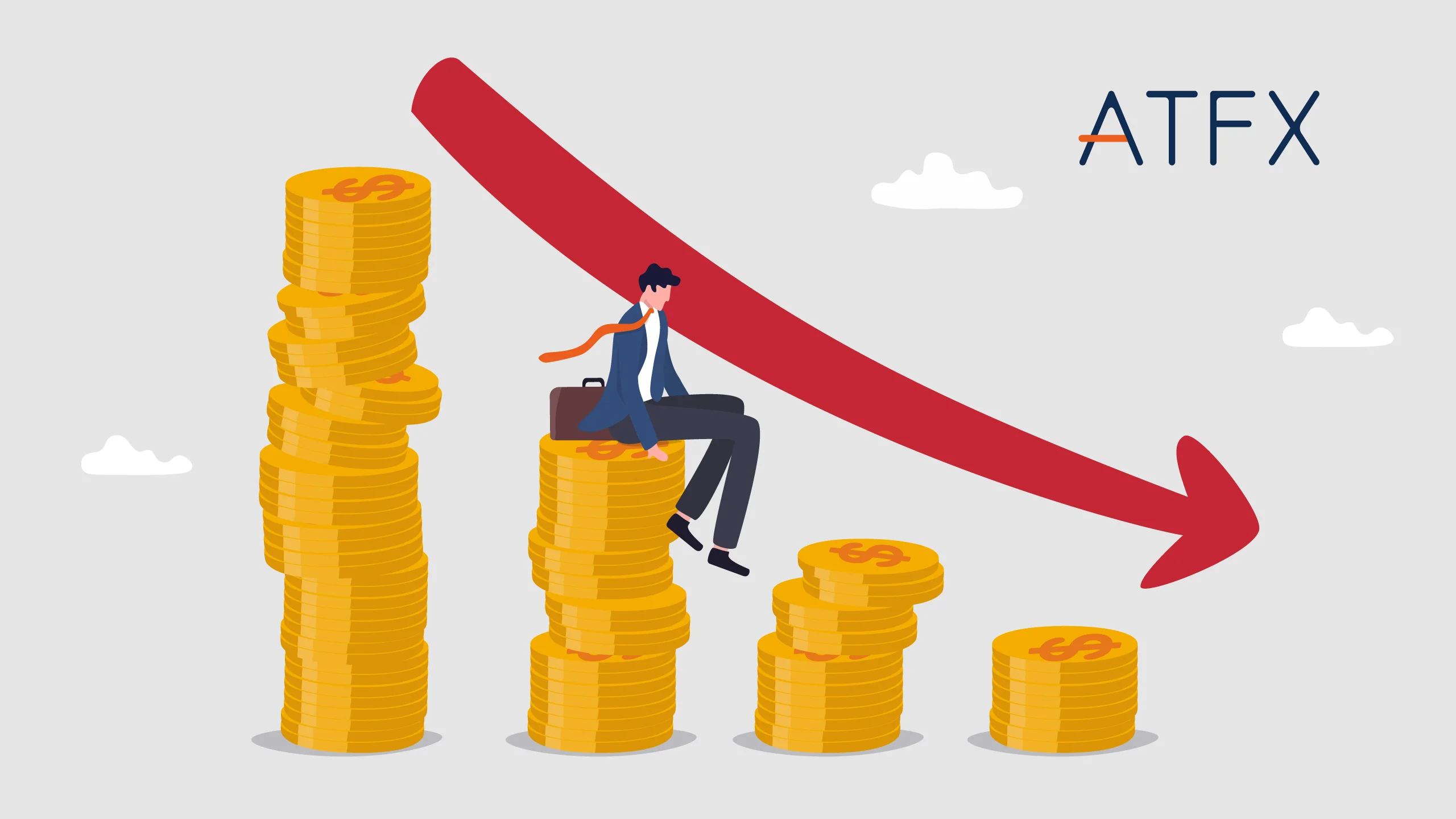What is Slippage?
Slippage is the difference between the price you expect to pay or receive and the price you actually get when your broker fills your order. It’s a common occurrence in trading environments, especially those with high volatility or low liquidity. It can work both ways – sometimes in your favor, where you get a better price than expected (positive slippage), or against you, resulting in a less favorable price (negative slippage).
In layman term, imagine you’re at a fruit market. You see apples advertised for $1 each and decide to buy ten. But as you reach the vendor, a sudden rush of customers has bought most of the apples, and now they’re $1.10 each. That extra ten cents is like financial discrepancy in the trading world.
The Causes of Slippage
It doesn’t just happen by chance, and it results from specific market conditions. Let’s break down the primary factors.
Market Volatility
Volatility refers to how much and how quickly prices in the market change. During periods of high volatility, prices can move rapidly within a short time. For instance, when a major news event occurs , such as an economic data release or a company’s earnings report, it can cause prices to jump significantly from one trade to the next. This volatility risk is a common discrepancy forex traders must navigate, especially during major economic announcements.
Liquidity
Liquidity is about how easily you can buy or sell an asset without affecting its price. A highly liquid market has enough volume to absorb trade orders without significant price changes. Conversely, in a market with low liquidity, even a small order can move prices. This is often seen in the CFD slippage factor, where the difference between the expected and actual execution price can be more pronounced due to lower liquidity.
Order Execution Speed
The time it takes for your broker to execute your order can also contribute to the shortfall. If there’s a delay between the moment you place your order and when it’s executed (known as ‘execution delay’), the market price can change. This is where high-frequency trading (HFT) and advanced trading platforms come into play, as they can reduce the time delay, potentially minimizing price discrepancy.
By understanding these causes, traders can begin to take steps to eliminate execution shortfall or at least reduce its impact on their trading activities. It’s not about finding a no-slippage forex broker, but about knowing how to navigate the trading environment to your advantage.

Types of Slippage
Positive Slippage
Positive slippage happens when a trade is executed at a better price than expected. For example, if you’re aiming to buy a currency pair at 1.1500 and the order is filled at 1.1490, you’ve benefited from it. This can occur when the market moves in your favor between the time the order is placed and when it is executed.
Negative Slippage
Negative slippage is the opposite: the trade is executed at a worse price than anticipated. Using the same example, if the order is filled at 1.1510 instead of 1.1500, you’ve experienced a negative difference. This is often what traders refer to when discussing the downsides of it.
Slippage Example in Different Markets
Slippage isn’t confined to one type of trading; it can happen across various markets. In stock trading , price discrepancy might occur during market gaps at the open or during high-impact news events. In the forex market, slippage often happens around major economic releases that cause quick and significant fluctuations in currency pairs. Cryptocurrency traders might experience discrepancies during periods of intense trading activity, which can cause the price of a digital asset to move sharply.
Slippage and Market Impact
The Relationship Between Slippage and Market Orders
Market orders are executed at the best available price at the time of execution, but they do not guarantee a price. When a market order is placed, it’s filled at the current market price, which can be different from the last quoted price due to market volatility and liquidity—two factors we’ve already discussed.
For instance, in slippage trading scenarios, a large market order in a less liquid market can consume all available orders at the best price and then move to the next available price, which can be significantly different. This is why understanding market depth and the volume of orders at different price levels is crucial for traders.
Limit Orders and Slippage
A limit order is an order to buy or sell at a specified price or better. While limit orders can prevent negative slippage, they also come with the risk of the order not being executed at all if the market price never meets the limit order price. This trade-off is a key consideration in strategies to avoid shortfall in trading.
For example, a trader might set a limit order for a forex pair at a defined entrance slip, expecting the market to move favorably. If the market does not reach this price, the trade will not be executed, avoiding negative slippage and potentially missing a trading opportunity.
The Role of Market Depth
Market depth refers to the market’s ability to sustain relatively large market orders without impacting the price of the security. A deep market has a balanced mix of buy and sell orders across a range of prices.
A market with high depth will likely have less price discrepancy because there are enough orders to fulfill a large trade near the current price. Conversely, a market with low depth might see more significant slippage, as fewer orders at each price level can lead to larger jumps to match buyers and sellers.

Quantifying Slippage
To manage effectively, traders need to understand how to measure and quantify it. This knowledge can help in making informed decisions and in selecting the right strategies to mitigate its impact and risk .
Measuring Slippage
The slippage formula is relatively straightforward. It’s the difference between the expected price of a trade and the executed price. For example, if a trader places a market order to buy a stock at $10.00, but the order is executed at $10.05, the difference is $0.05 per share.
To put this into a formula:
Slippage = (Executed Price – Expected Price) x Number of Shares
For a forex trade, it would be the number of pips difference multiplied by the lot size. Traders often record their trade logs to analyze their average slippage over time, which can be an indicator of the effectiveness of their trading platform or the liquidity of the markets they are trading in.
The Cost of Slippage
Slippage can significantly impact trading costs, especially for active traders who execute numerous trades. While a single instance might be relatively minor, the cumulative effect can be substantial. This is particularly true for high-frequency traders, where slippage can erode their thin margins.
It is less of a concern for long-term investors as they are not entering and exiting positions as frequently. However, it can still affect entry and exit points, so some investors may use limit orders to define their price slippage tolerance.
Understanding the cost of slippage also involves recognizing the role of no-slippage forex brokers or platforms that offer improved execution speeds and better liquidity, potentially reducing the occurrence of price differences.
Strategies to Mitigate Slippage Risk
There are strategies that traders can employ to reduce its frequency and impact. These strategies revolve around timing, order types, and technological tools.
Timing Your Trades
The timing of your trades can significantly affect the amount of slippage you experience. For instance, trading during peak market hours can lead to less slippage due to higher liquidity. Conversely, trading during off-peak hours or when a major market event occurs can increase the risk of slippage due to larger price fluctuations and lower liquidity.
To mitigate risk, traders can:
Monitor market events and economic releases using a release slippage risk indicator.
Avoid trading during times of high volatility unless necessary.
Utilize a trading slippage calculator to predict potential discrepancies and adjust their trading times accordingly.
Trade Position Sizing and Slippage
The position size of your trade can also influence the level of slippage you encounter. Larger position orders are more likely to experience slippage, as they may exceed the available volume at the desired price point. By breaking down a large order into smaller ones, traders can potentially reduce slippage, although this may lead to higher trading costs overall.
Key considerations include:
Assessing the market depth before placing a large position order.
Using a analysis tool to understand the potential impact of trade size on slippage.
Adjusting trade sizes based on the liquidity of the asset being traded.
Technological Tools to Reduce Slippage
Advancements in trading technology have provided traders with tools to help minimize slippage. Algorithmic trading systems can execute trades at a speed and frequency that is impossible for a human trader, reducing the time lag between order placement and execution.
Moreover, traders can use:
Advanced order types, such as stop-loss orders, to cap potential losses due to slippage.
Platforms that offer price improvement technologies.
Brokers that provide access to deeper liquidity pools.
By leveraging these strategies, traders can take proactive steps to manage and reduce discrepancy, preserve their trading capital, and improve overall performance.


